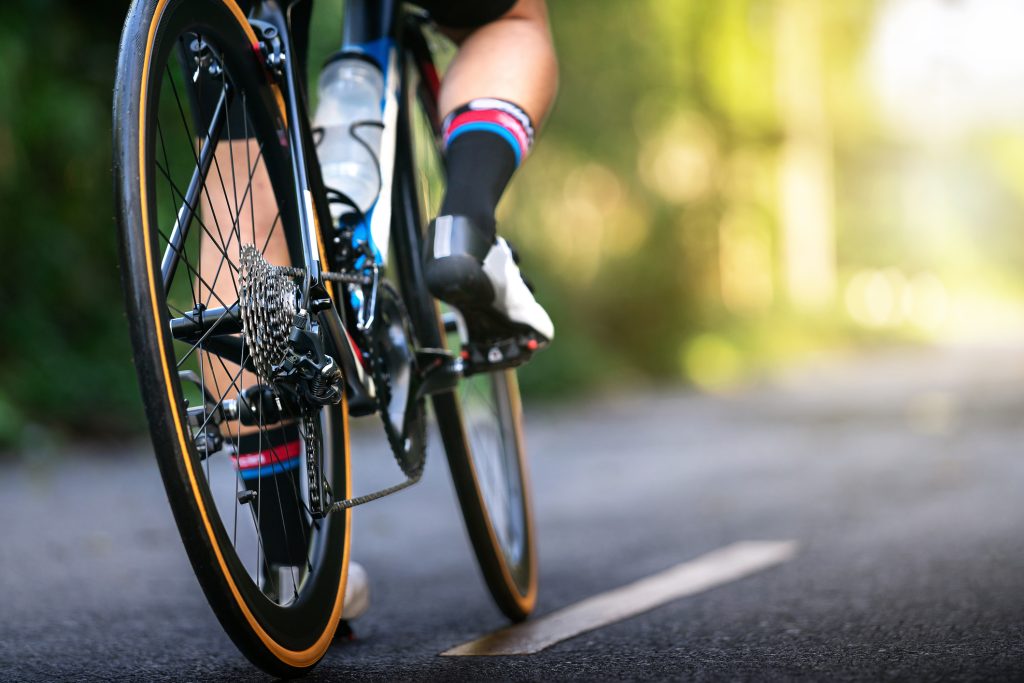In California, a bicycle is considered a vehicle for traffic regulation purposes. This means that cyclists are legally required to come to complete stops at all stop signs, just like motor vehicle drivers. However, many cyclists break this rule and roll through intersections without stopping. This can lead to serious bicycle-vehicle collisions. Speak to a Los Angeles bicycle accident lawyer for more information.
Bicyclists Are Subject to the Same Rules as Motorists in California

Bicyclists in California have all the same rights and responsibilities as motorists. They are subject to all of the same traffic laws and roadway rules. Cyclists are required to obey all traffic signs and signals, including stop signs at intersections.
Legally, a bicyclist in California must come to a complete stop at a stop sign and yield the right-of-way to anyone who is already at the intersection, including motorists and other bicyclists. They must also yield to any pedestrians who are crossing at marked or unmarked intersections.
At a red light, a bicyclist must also come to a complete stop and wait for the right to proceed. A cyclist must wait for a green light or the right-of-way, such as a right turn at a red light when it is safe. Running a red light is a traffic infraction on a bicycle just as it is in a motor vehicle.
Does California Have a Safety Stop Law?
Currently, California does not have a safety stop law. A “safety stop” refers to a rolling stop that is permitted for bicyclists in some states. These laws allow cyclists to treat stop signs like yield signs. Bicyclists where this law is in place can roll through stop signs without stopping if the way is clear.
In both 2021 and 2022, safety stop bills in California were vetoed by Governor Gavin Newsom, who cited safety reasons. In 2023, another safety stop bill (AB 73) was introduced by Assembly Members Boerner and Friedman to try to legalize the rolling stop. As of July 11, 2023, the first hearing for the bill was canceled at the request of the author. To date, no “safety stop” law has been passed.
Who Is Liable for a Bicycle Collision at an Intersection?
When a bicycle-vehicle accident takes place at an intersection in California, fault is determined in the same manner as standard Los Angeles car accident claims. California is a fault-based car insurance state, which means the party found responsible for causing a crash must pay for the medical bills and property repairs of all victims.
An investigation will be conducted to determine who caused the bicycle accident. If it is discovered that the cyclist violated California’s traffic laws by rolling through a stop sign, he or she could be held liable or financially responsible for the collision. If the motor vehicle driver is at fault for failing to yield the right-of-way, however, liability can be placed on the driver.
California’s Comparative Negligence Law
If both parties are found to share fault for the intersection accident, California’s comparative negligence law can still allow the injured victim to recover partial financial compensation. A victim’s damage award will be reduced in proportion to his or her degree of fault under state law. If a driver is 30 percent at fault for speeding, for example, but a cyclist is 70 percent at fault for rolling through a stop sign, the cyclist could still recover 30 percent of a financial award.
If you were recently involved in a bicycle accident as a cyclist or motor vehicle driver, contact the California attorneys at Panish | Shea | Ravipudi LLP for a free case consultation.